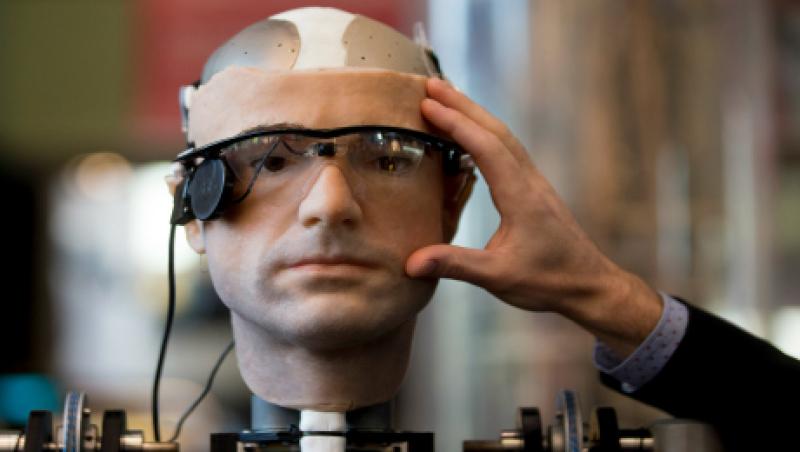
Wage Against the Machine: Compensation Does Not Compute
Automation threatens to slow wage growth in the U.S., which as been sluggish since the late-2000s recession.
Erik Weisman
May 12, 2016


